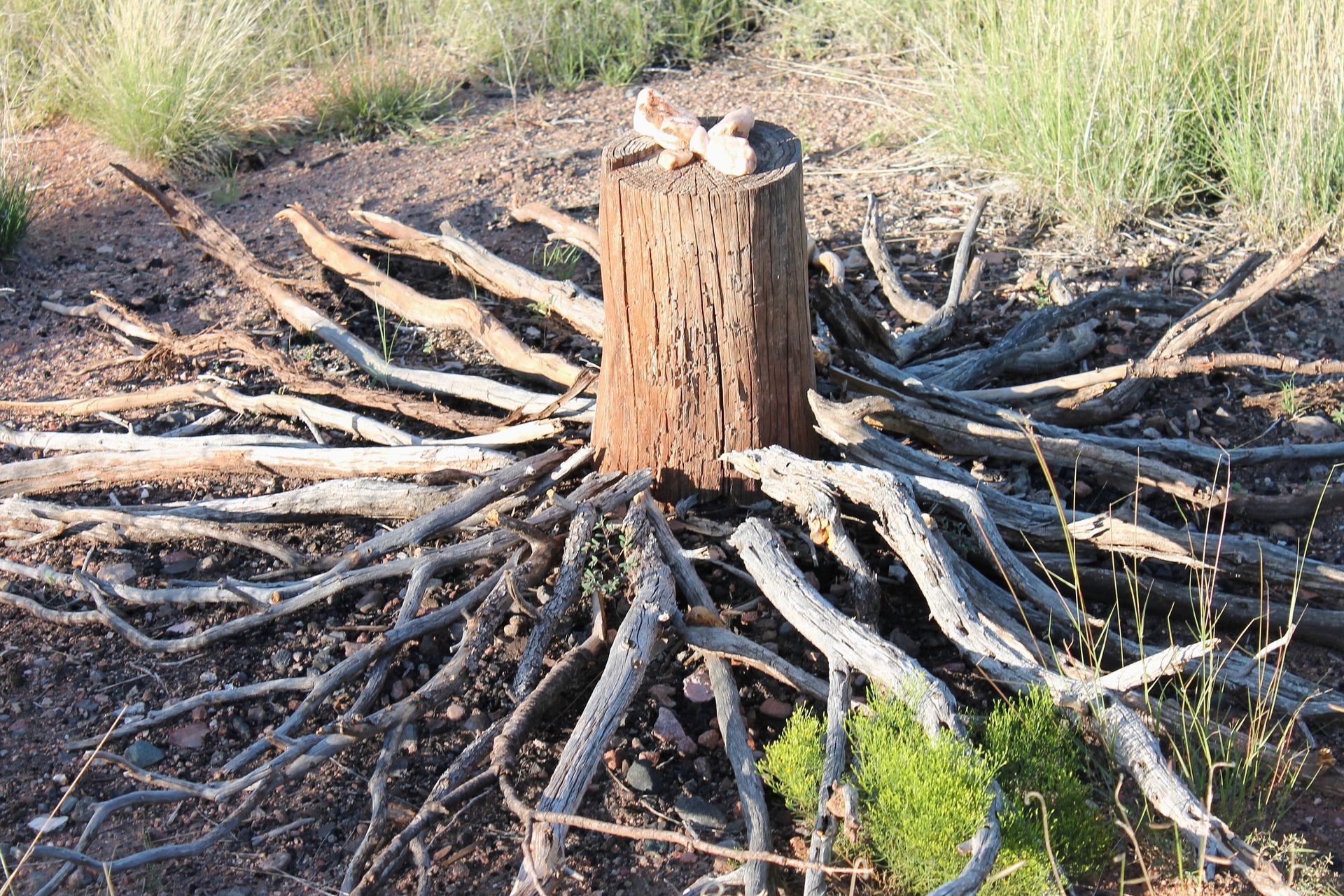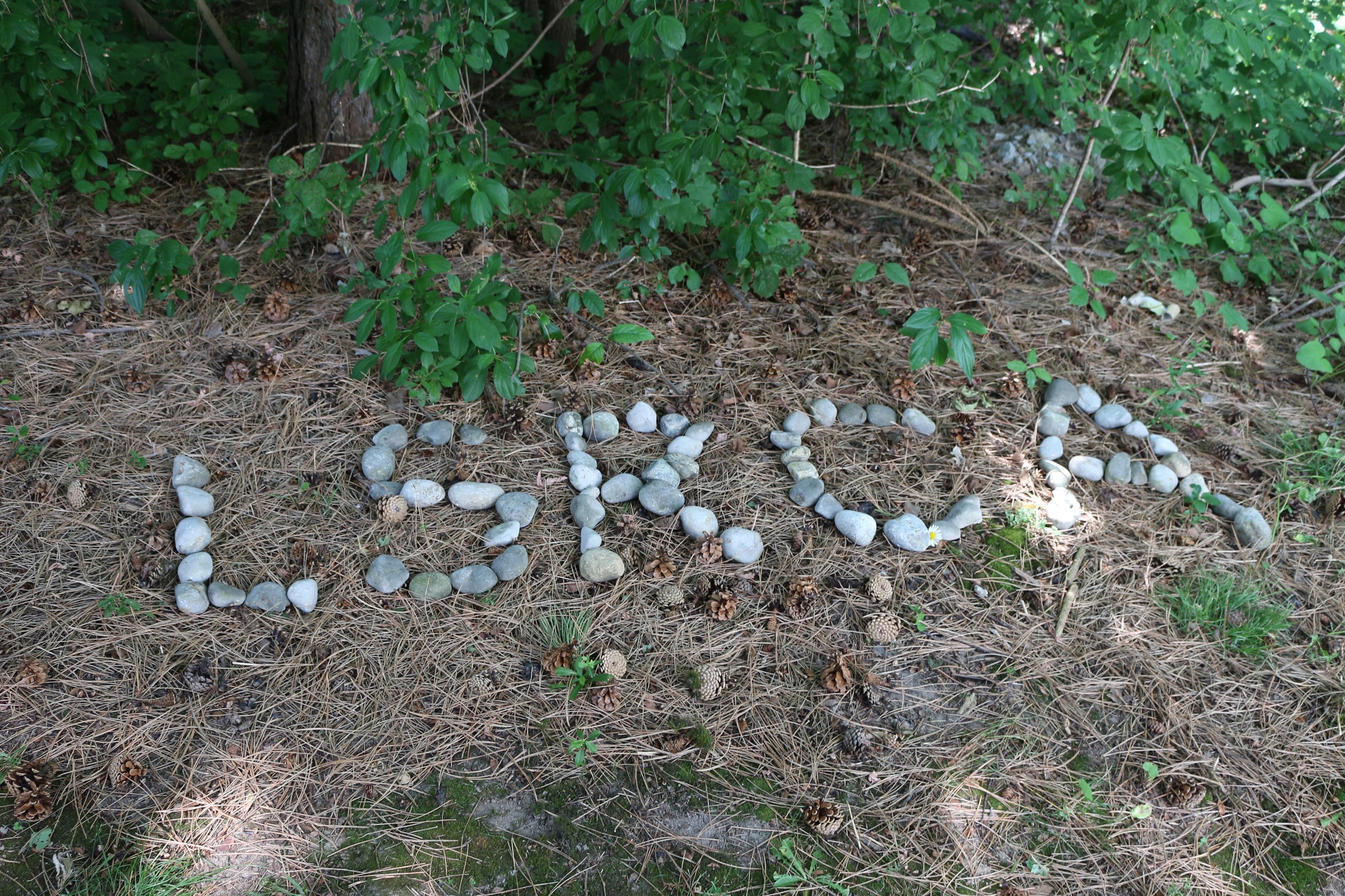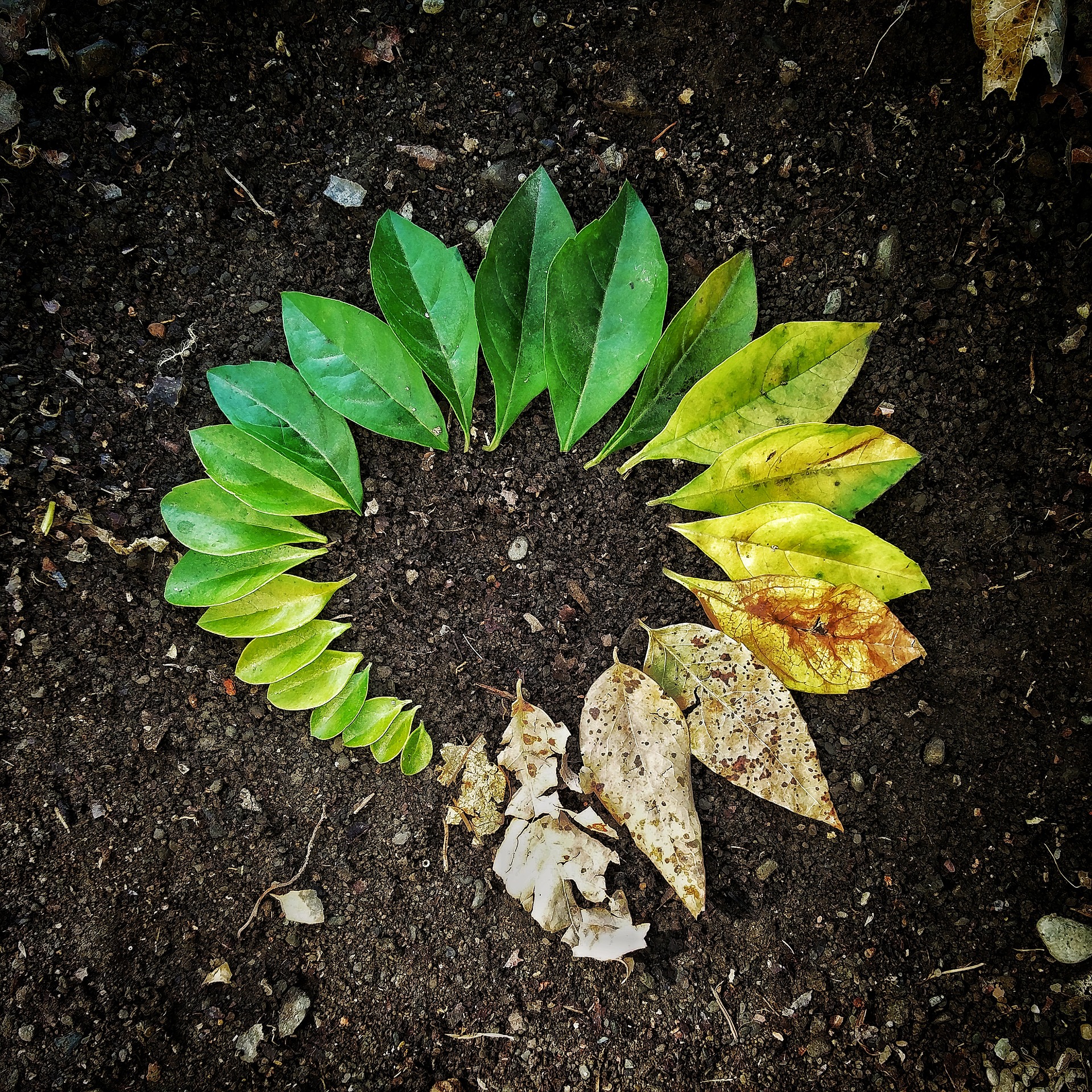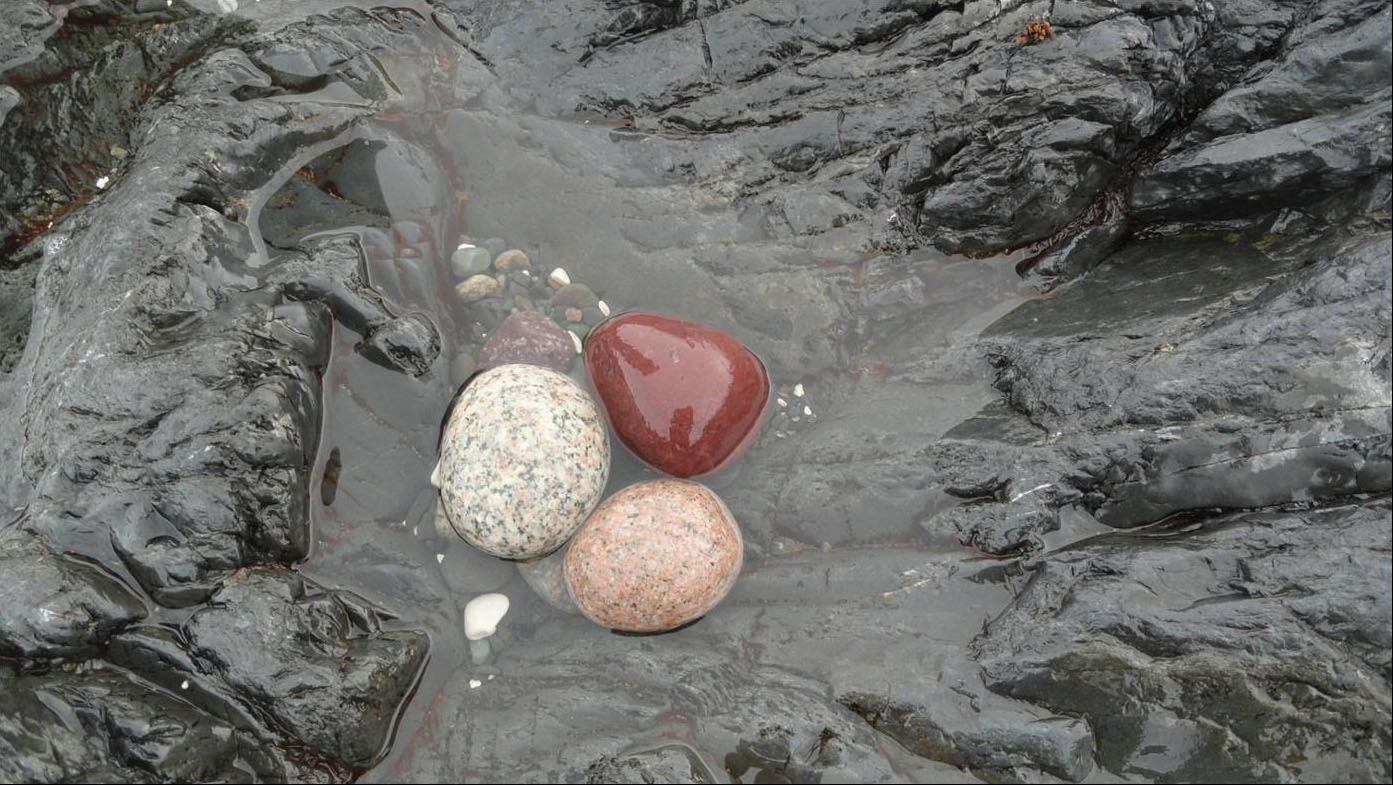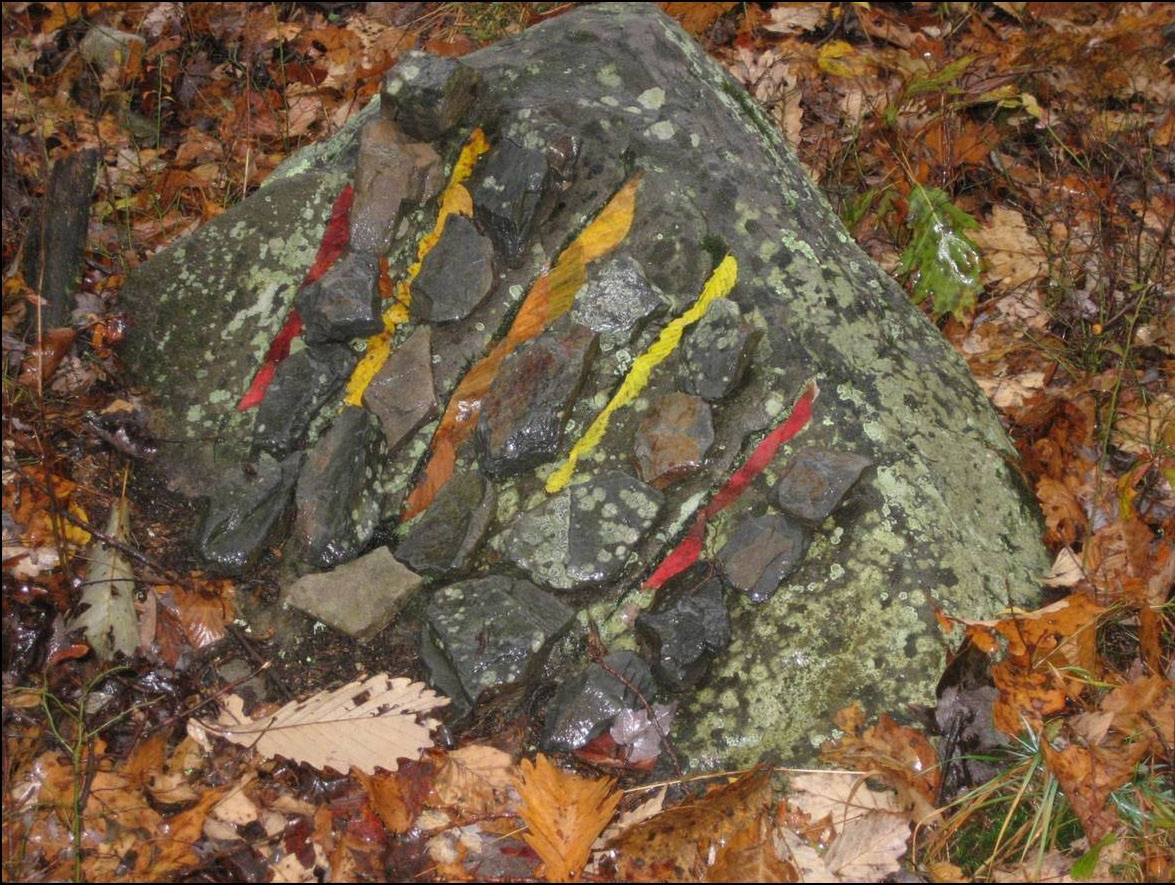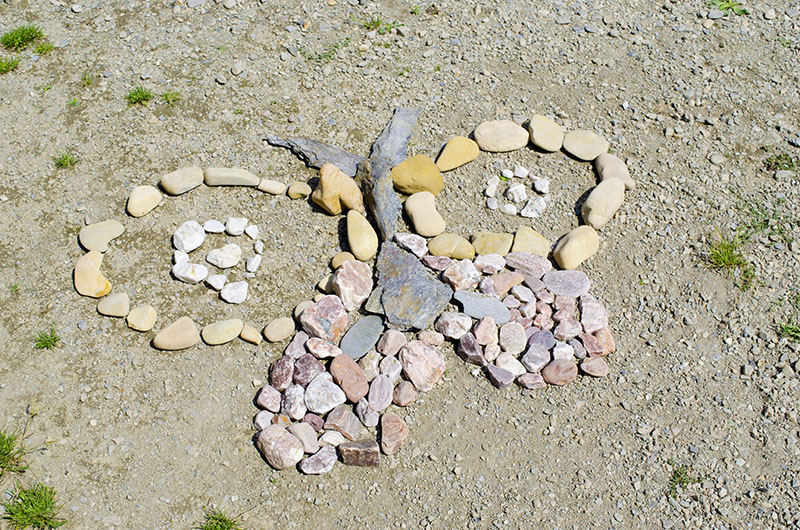
As a society, we’re always looking for new ways of decompressing from our hyper-scheduled, plugged-in, modern day lives. As parents, we are looking for ways to connect more deeply with our children and for ways of unwinding ourselves.
While activities that get our heart rate going are good for our physical health, it’s equally important to consider our inner health and to take time to relax. Nature provides the perfect opportunity for this. Spending time in nature can be a tremendously grounding force and the catalyst for connecting to our inner self – to letting go and just “being”.
One way to boost this letting-go experience is by creating art in nature. Ephemeral Art, or Earth Art, is an art movement that became popular in the 1960s. Ephemeral artists work exclusively with natural materials to create works of art from debris such as leaves, rocks and even ice, sand or snow. Because of this art form’s transient nature – being made from natural materials that don’t necessarily last, the pieces are generally photographed. Today, many photographs from famous ephemeral artists such as Andy Goldsworthy and others hang in art galleries and museums around the world.
Creating Ephemeral Art is not just for professional artists. Anyone can apply its principles to create their own masterpiece, while enjoying the immense psychological benefits of being in nature. Making Ephemeral Art encourages creative thinking, boosts concentration and wards off depression while also relieving stress and increasing brain plasticity – all important for improving our mental health.
The beauty in Ephemeral Art lies in the design of the momentary experience – the art exists only briefly in nature – it disappears as nature takes its course (ice melts, wind blows and rain washes things away).
“I enjoy the freedom of just using my hands and “found” tools – a sharp stone, the quill of a feather, thorns. I take the opportunities each day offers; if it is snowing, I work with snow, at leaf-fall it will be with leaves; a blown-over tree becomes a source of twigs and branches.”
Andy Goldsworthy
Principles & Elements of Ephemeral Art
Creating Ephemeral Art can be as simple or complex as you want it to be. Give it a try – the possibilities are endless. The only hard and fast rule to creating Ephemeral Art is to respect nature. Leave living plants alone and only collect materials or use debris that has naturally fallen away.
Here are some creative guidelines to help you with designing your work of art.
- Look at making lines – A line is the path of a point moving from space. Your eyes will naturally follow lines.
- Consider shapes – a shape is something with two-dimensions. A shape creates borders.
- Think about the form – a form is when an object has three-dimensional volume or has the appearance of three dimensions.
- Consider value – value is where objects show gradual shading or transition from light to dark.
- Give an eye to texture – texture is the surface quality of objects.
- Consider space – space is the emptiness between, around, and within objects – it is contrast and backdrop.
Share your Nature Masterpiece
Give a voice to your art…and to nature. Describe your art using the hashtag #LakeSimcoeArt and post a picture on social media. Tag us on Instagram (@lakesimcoeconservation), or you can also e-mail a photo to info@LSRCA.on.ca.
Contact Customer Service:
Phone: 905-895-1281
Toll Free: 1-800-465-0437
Email:  info@LSRCA.on.ca
info@LSRCA.on.ca

